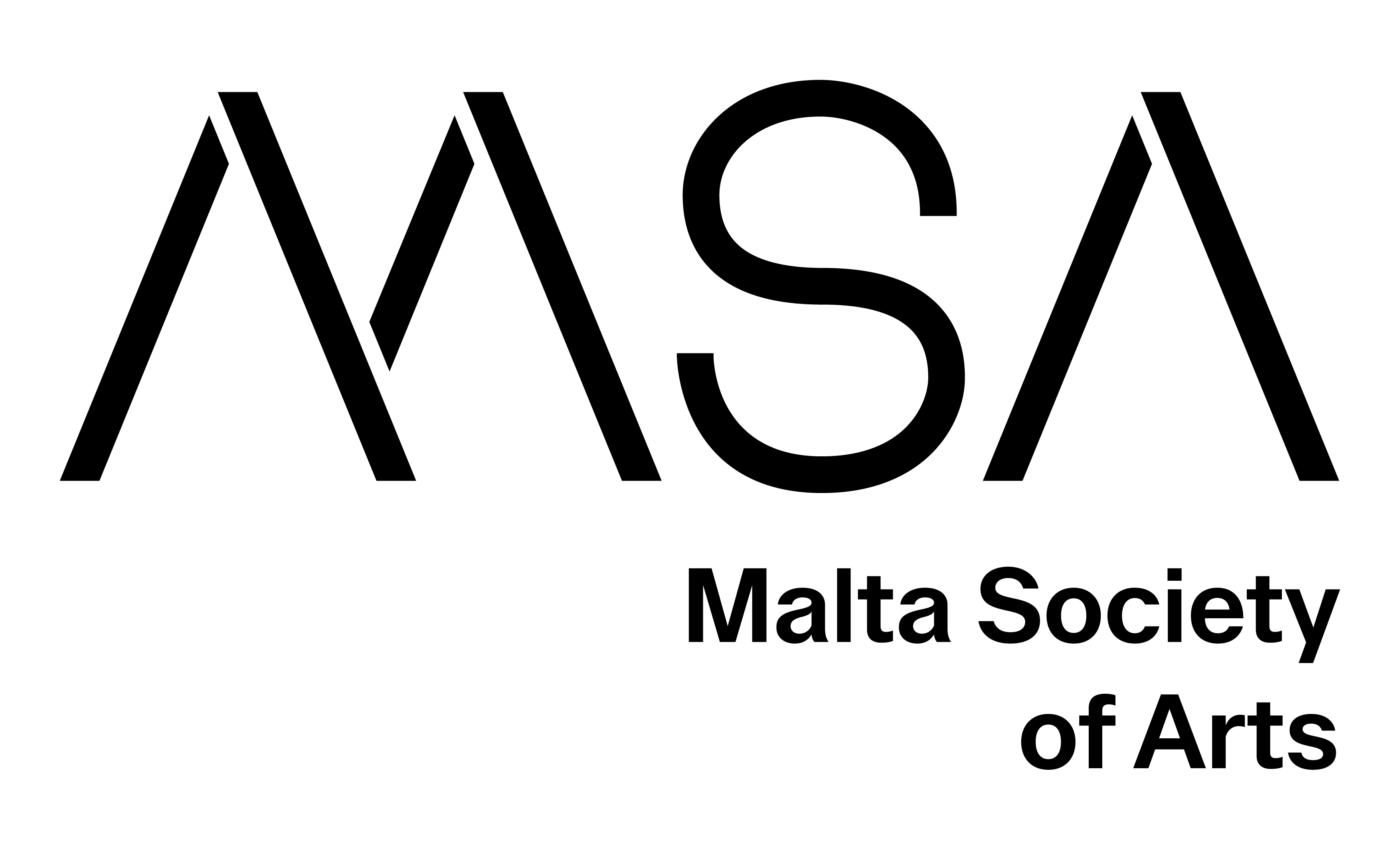Diseases are an inherent part of the human condition, causing various dysfunctions, resulting from genetic disorders, contacts with microorganisms, or non-infectious diseases. The crucial health issues of the current times are mental health, cancer, epidemics of HIV/AIDS, SARS, ZIKA, EBOLA, COVID-19, substance abuse, obesity, physical disabilities, while among the most recent medical trends is interest in the microbiome - the mind-gut axis. The case of COVID-19 made it evident that everyone on the planet can get infected, while also raising awareness of the collective vulnerability, the interconnectedness and interdependence, of humans. The disease has become an integral part of everyday life, radically demonstrating that health is not the dominant condition of the human organism in general; on the contrary, disease is a fundamental component of life processes.
The paper researches into the prospect of sickness as a transgressive factor in relation to the concept of health and to the idea of the individual body perceived as utterly impermeable. Trangressivness is one of the reasons why disease is a relevant topic for contemporary artists working at the intersection of science, technology and the body. The artistic fields of interest address sickness and its relation to danger, fear, pain, pity, contempt, repulsion, empathy and health institutions. Disease is further presented through the perspective of interspecies connections and exchange including the process of entity transgression - the merging and intrusion of other entities into the human being - bacteria, viruses, chemical compounds, etc. and their transformation of existing cells, tissues, organs.
Artistic practices in relation to health likewise reveal illness as a state of social exclusion. Artworks raise awareness of discrimination and ostracism, of being outside of the norm, the state of queerness of the sick. Art projects strive to emancipate and make visible not only these conditions, but also the affects and emotions they produce in the sick themselves, in their immediate environment and society as a whole. The paper reflects upon the shift of approach to health: from artists being victims and outcasts in the 1990s, when disease was visually explicitly represented with disturbing effects on the art public to the current holobiontic conceptualisation of human race and to the omnipresence of disease. Case studies include artworks by authors like Marina Abramović, Bob Flanagan, Katarzyna Kozyra, Ron Athey, Artur Żmijewski, Kathy High, Marta de Menezes, Zoran Todorović, Revital Cohen and Tuur van Balen, Karolina Żyniewicz.
Dr Olga Majcen Linn is art-sci-tech independent curator and researcher, and guest lecturer at the Academy of Fine Arts in Zagreb. She holds a PhD in arts and media from the Faculty of Media and Communication, Belgrade in the field of transdisciplinary studies of contemporary art and media. She is a co-founder of NGO KONTEJNER / bureau of contemporary art praxis.
Dr Sunčica Ostoić is an independent theorist of art at the intersection of science, technology, and the body, holding a PhD in transdisciplinary studies of contemporary art and media. She is a guest lecturer at the Academy of Fine Arts in Zagreb and co-founded NGO KONTEJNER / bureau of contemporary art praxis (2002) Zagreb where she initiated and curated internationally renowned festivals Extravagant Bodies, Touch Me and Device_art.
Back







